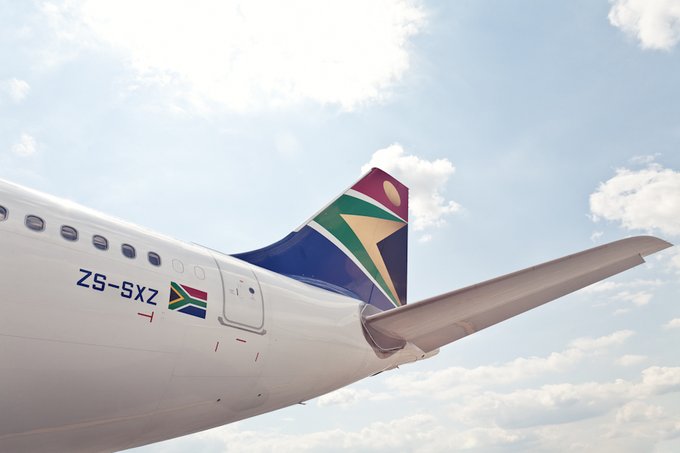Travel
Another Jet Fuel Crisis Could Ground South Africa’s Skies

Another Jet Fuel Crisis Could Ground South Africa’s Skies
South Africa’s aviation sector is bracing for yet another jet fuel scare — one that could leave major airports scrambling to keep planes in the air. Industry experts warn that a combination of outdated fuel regulations and scheduled maintenance at the Natref refinery could trigger shortages later this year, putting pressure on airlines, passengers, and the country’s reputation as a reliable destination.
The refinery roadblock
The heart of the issue lies in Natref, one of only two operational refineries in the country. The facility in Sasolburg will undergo maintenance between August and September, reducing local refining capacity at a time when regulations make importing fuel unnecessarily complicated.
Under the 1964 Customs and Excise Act, jet fuel can’t be imported directly into fuel terminals. Instead, it must pass through a licensed manufacturing warehouse or refinery — a rule designed decades ago when South Africa’s refining capacity was much greater. With fewer refineries now in operation, this law has become a bottleneck that limits flexibility during supply disruptions.
Earlier this year, when a fire temporarily halted Natref’s operations, SARS granted a temporary exemption allowing fuel to be routed through Special Purpose Warehouses. That lifeline expires in October 2025.
Airlines counting the cost
For international carriers, the threat of unreliable jet fuel supply is more than just a logistical headache — it’s an expensive problem. If fuel availability at OR Tambo International Airport isn’t guaranteed, airlines may be forced to carry extra fuel on board (known as tankering) or divert to other airports to refuel. Both options push up costs and disrupt schedules.
“Airlines operate on the promise that when they land, they’ll have fuel to fly out again,” says George Mothema, CEO of the Board of Airline Representatives of South Africa (Barsa). “If that certainty disappears, the impact on costs and planning is huge.”
Those costs could eventually trickle down to passengers, potentially making flights to and from South Africa more expensive.
Industry fears and government response
The Fuels Industry Association of South Africa (Fiasa) and Barsa have been engaging with SARS, the Department of Transport and other stakeholders to push for regulatory reform. While officials acknowledge the need for change, industry insiders fear the slow pace of legislative updates could leave airports exposed during the Natref shutdown.
Airports Company South Africa (Acsa) says it is working with suppliers to keep storage tanks as full as possible ahead of the refinery’s downtime. But as Fiasa CEO Avhapfani Tshifularo warns, even stockpiling fuel may not be enough without regulatory flexibility.
A repeat of history?
This isn’t the first time South Africa’s skies have been shadowed by fuel uncertainty. In 2022, OR Tambo experienced supply pressures that caused ripple effects across international routes. Social media users have already begun voicing concern about a repeat, with some travellers joking about “BYOF” — bring your own fuel.
While the Airlines Association of Southern Africa (AASA) says contingency plans are in place, many in the industry are calling for a permanent fix. Until the law changes, the country’s growing reliance on imported jet fuel will remain a weak point in its aviation supply chain.













